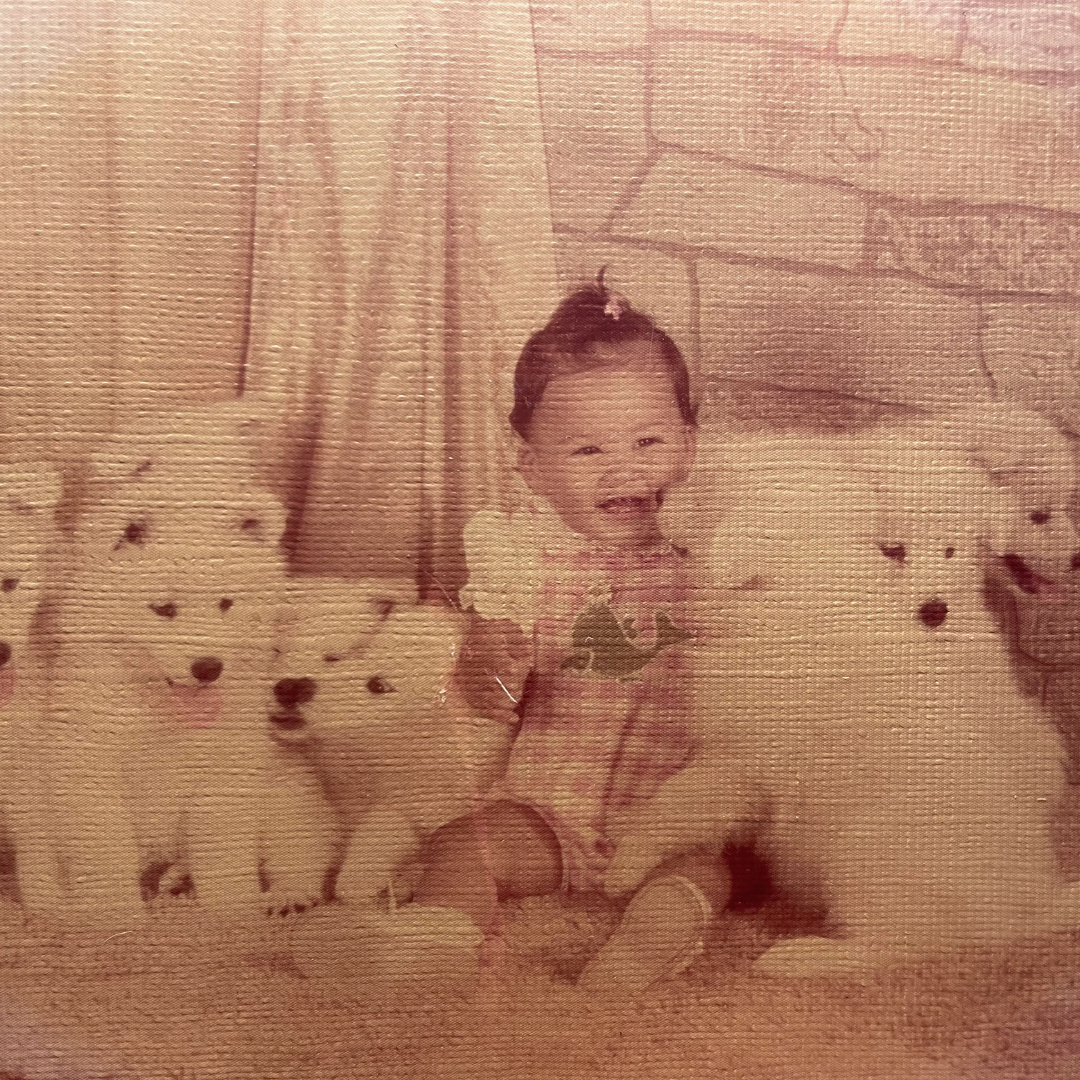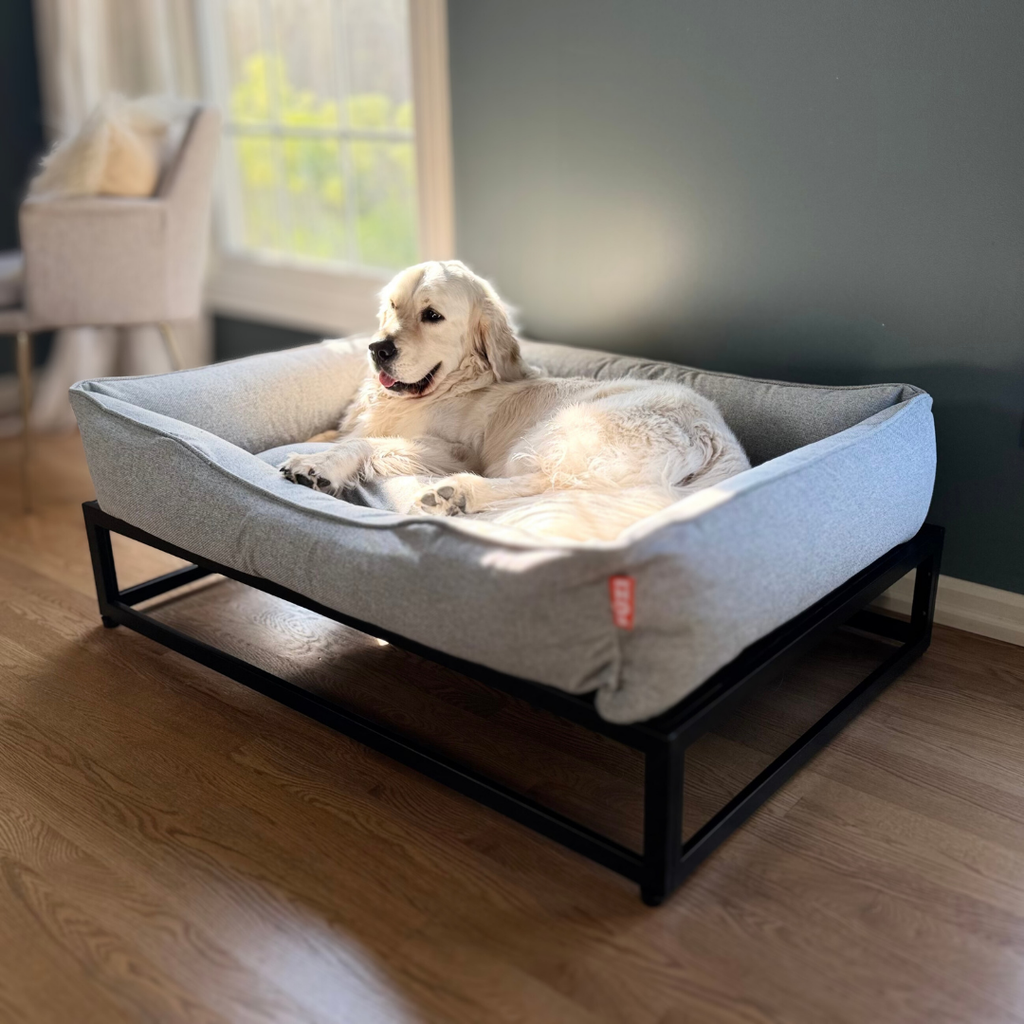Dogs have always been more than just pets; they are companions with a rich history intertwined with humans. Their ancestors, wolves, are known for their complex pack dynamics, a trait that has been passed down to our domestic dogs. While centuries of domestication have changed many aspects of their behavior, the core instinct to be part of a pack remains. This fundamental need for companionship means that dogs often thrive in the presence of other canine friends. Understanding this aspect of dog psychology can greatly enhance the well-being of our furry family members.
Understanding Pack Behavior in Dogs
The journey from wild wolves to domesticated dogs is a fascinating tale of evolution and human influence. Wolves live in well-structured packs with a clear hierarchy, which ensures order and survival. This pack structure is ingrained in the DNA of domestic dogs. In a pack, there are leaders and followers, and each member plays a crucial role. While the domestication process has softened some of these instincts, the basic framework remains. Dogs still exhibit pack behaviors such as social bonding, territory marking, and even the way they communicate with each other and us. Recognizing these behaviors in our pets can help us understand their needs and behaviors better.
The Benefits of Having Multiple Dogs
The decision to bring multiple dogs into a home comes with a host of benefits, rooted deeply in their pack-oriented nature. Companionship is perhaps the most significant advantage. Dogs, like their wolf ancestors, are social creatures. Having another dog or dog siblings around can provide a sense of security and belonging, reducing feelings of loneliness especially when human companions are away. Moreover, dogs interacting with each other often engage in more physical activity. They play, chase, and sometimes even mimic hunting behaviors, which are crucial for their physical and mental health. Additionally, dogs that grow up with other canines tend to be more socially adept, not just with other dogs but also in human interactions. They learn to read body language better and understand the nuances of social hierarchies within and outside their immediate pack.
Considerations Before Adding Another Dog to Your Family
Introducing a new dog into your household should be a carefully considered decision. Not every dog is open to sharing their space, humans, or resources. Assessing your current dog's temperament is crucial; some dogs may be more territorial or have had past experiences that make them less sociable. Additionally, the introduction process is vital to ensure a smooth transition and to prevent conflicts. Financial implications, such as veterinary care, food, and grooming, as well as the physical space in your home, are also important factors to consider. Understanding these elements can help ensure a harmonious addition to your canine family.
How to Introduce a New Dog into Your Pack
When it's time to bring a new dog into your home, the introduction should be gradual and controlled. Initial meetings should take place in a neutral area to avoid territorial disputes. Observing the dogs' body language and interactions can provide insights into their comfort levels and compatibility. Once at home, it's essential to maintain a structured environment, where each dog has their own space, toys, and feeding area to prevent competition. Patience and supervision during the first few weeks can set the foundation for a lifelong friendship between your pets.
Maintaining Harmony in a Multi-Dog Household
Living with multiple dogs requires ongoing effort to maintain peace and order. Resource management is key; ensuring each dog has access to their own food, water, and resting area can help minimize conflict. Regular, separate training sessions help reinforce rules and establish a routine, while group training can strengthen their ability to coexist peacefully. It's also important to monitor their interactions, stepping in when play becomes too rough or if signs of aggression appear. These measures can help foster a stable and happy multi-dog home.
The Role of the Human in the Dog Pack
In a multi-dog household, humans play a crucial role as leaders of the pack. Providing clear boundaries, rules, and expectations helps maintain order and prevents confusion among your dogs. Consistency in training and daily routines reinforces your position as the pack leader, ensuring your dogs feel secure and understand their place within the family hierarchy. This leadership is not about dominance but about guidance and setting the tone for a harmonious household.
Case Studies: Success Stories of Multi-Dog Families
Many families have found joy and enrichment in having multiple dogs. For instance, a family with two rescue dogs found that their pets developed a deep bond, providing comfort and companionship to each other, especially during times when the humans were away. Another family introduced a younger dog to their elderly pet, revitalizing the older dog's spirit and encouraging more physical activity. These stories highlight the potential for positive dynamics in multi-dog households when managed with care and understanding.
Potential Challenges and Solutions
While the benefits are numerous, having multiple dogs can also present challenges such as jealousy, competition for resources, and differing energy levels. Addressing these issues early on through training, establishing a routine, and ensuring each dog gets individual attention can mitigate many common problems. Providing enough mental and physical stimulation for each dog according to their needs is also crucial in maintaining harmony.
The Joy and Fulfillment of a Multi-Dog Family
The decision to have multiple dogs can bring unmatched joy and fulfillment, not just to the dogs but to the entire family. Watching dogs form close bonds, play, and communicate in their unique ways offers a glimpse into the rich emotional lives of our canine companions. The shared experiences and memories created with multiple dogs can lead to a fuller, more vibrant family life.
Dogs, with their pack-oriented nature, often thrive in the company of other canines. While the decision to add another dog to the family requires careful consideration and planning, the rewards can be immense. Understanding pack dynamics, ensuring proper introductions, and maintaining a balanced household are key to fostering a positive environment for all. With patience, understanding, and love, a multi-dog household can become a thriving pack, full of joy and dog companionship.
FAQs:
Is it better to get two dogs of the same age?
Not necessarily. Dogs of different ages can complement each other well, but it's important to match their energy levels and temperaments.
How can I tell if my dog wants a canine companion?
Look for signs like enjoying playdates with other dogs, displaying social behavior at parks, or showing interest in other dogs during walks.
What if my dogs don't get along?
Give them time to adjust and consult with a professional trainer or behaviorist for tailored advice and strategies.
How do I balance attention between multiple dogs?
Spend quality one-on-one time with each dog and engage in activities that include all your pets to foster a sense of pack unity.
Can different breeds live harmoniously together?
Yes, different breeds can coexist peacefully, but it's essential to consider individual temperaments and energy levels for compatibility.







